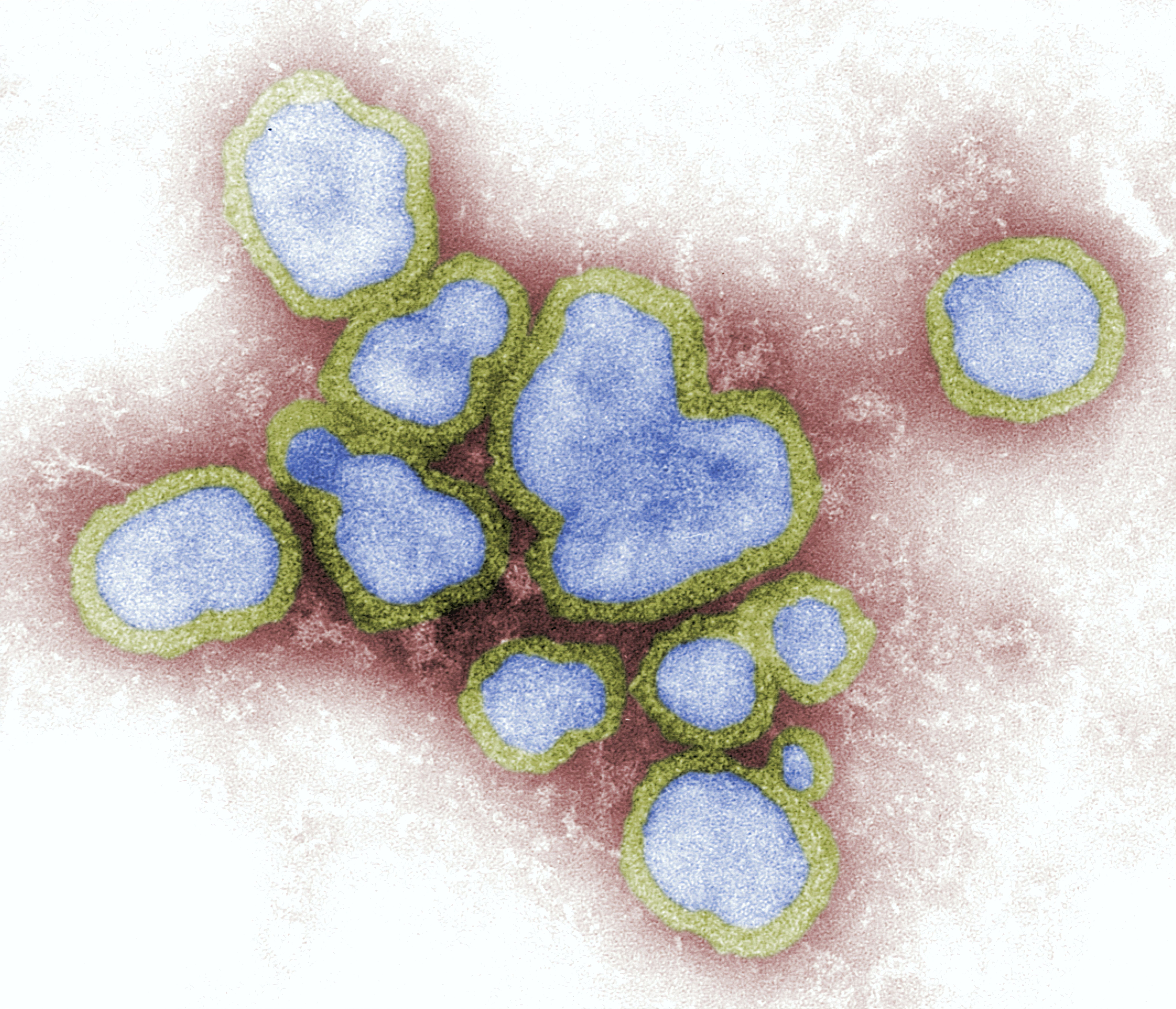Using Lessons Learned from COVID-19 to Prepare for the Next Influenza Pandemic
The National Academy of Medicine released 4 reports with COVID-19-influenced recommendations to prepare and respond to an influenza pandemic.

This morning, the National Academy of Medicine (NAM) released 4 reports detailing how to leverage insights gained from COVID-19 the protect against future pandemics. The reports included information about utilizing COVID-19 vaccine technology in the development of influenza vaccines, reinforcing the influenza vaccine supply chain, improving global coordinated efforts, and taking advantage of non-vaccine public health measures (face masks, social distancing, etc.).
Influenza remains the pathogen most likely to cause the next pandemic, and estimates say it could be more devastating than the ongoing COVID-19 pandemic. Preparedness is essential, as the global cost of responding to a pandemic in 1 year is $570 billion, whereas investing ahead of time would cost approximately $4.5 billion annually.
Victor J. Dzau, President of the National Academy of Medicine, said, “COVID-19 has enabled the emergence of new capabilities, technologies, collaboration, and policies that could also be deployed before and during the next influenza pandemic. It’s critical to invest in science, strengthen health systems, and ensure trust in order to protect people from the health, social, and economic consequences of seasonal and pandemic influenza.”
Findings across the reports indicate that all countries should maintain continuous investment in vaccine technology, invest in supply chain forecasting, create manufacturing capacity in low- and middle-income countries, be inclusive of populations in research, and develop 4-8 billion doses of influenza vaccine to be distributed globally.
Countering the Pandemic Threat through Global Coordination on Vaccines: The Influenza Imperative
This report delineates the governance and financial measures to proactively develop vaccines before the outbreak of the next pandemic. It provides specific recommendations for the next 3-5 years to ensure influenza is included in the global pandemic preparedness and response agenda.
Public-private partnerships should develop new platform technologies that enable researchers to sequence a virus and use the sequence to create a vaccine. The report said investigators should prioritize development of a universal influenza vaccine that will provide immunity against all present and future influenza A strains.
The Group of 7 (G-7) and Group of 20 (G-20) should invest in influenza surveillance systems that work across human, animal, and environmental health. The systems would provide rapid access to and sharing of genetic sequence data to account for the rapid mutating of influenza viruses. The report recommended the World Health Assembly ensure the Pandemic Influenza Preparedness Framework includes genetic sequence data.
Globally Resilient Supply Chains for Seasonal and Pandemic Influenza Vaccines
This report focused on the difficulties of influenza vaccine supply chains, using lessons learned from COVID-19 and other public health crises to increase manufacturing and encourage equitable vaccine distribution. The report recommended the G-20 establish a “Global Pandemic Manufacturing and Supply Chain Task Force” to monitor worldwide influenza manufacturing and supply chain efficacy before the next pandemic.
The US Department of Health and Human Services (HHS) should establish a systematic approach for the design and development of vaccines that require special transportation, such as being stored at sub-freezing temperatures.
The report stressed that country preparedness plans are vital for providing national guidance for vaccine distribution and administration. Many countries lack preparedness plans, or they do not account for mass vaccination. The US should pool its resources with other international agencies to assist in the development of global tools and strategies to help countries plan for vaccine creation, allocation, and rollout decisions.
This report identified the driving factors of the successful COVID-19 vaccines, to utilize them in future vaccine development. It recommends HHS support extensive research to develop and evaluate an array of influenza vaccines. Considering various platforms, vital targets, and delivery systems will assist in the selection of the best candidate for influenza vaccine authorization, production, and distribution.
Involving low- and middle-income countries (LMICs) in clinical trials and vaccine distribution is essential, and expanding LMIC manufacturing capacity will help vaccine rollout. Assisting LMICs before the next influenza pandemic will prove beneficial for the entire world, as it expedites pandemic response and thus hinders virus mutation.
The US Food and Drug Administration (FDA) should collaborate with other national regulators and the scientific community and pharmaceutic industry to create comprehensive guidelines for the development of influenza vaccines under emergency use authorization. The report emphasized that health messaging must be consistent across all communication channels to bolster the public’s confidence in vaccine technology.
Public Health Lessons for Non-Vaccine Influenza Interventions: Looking Past COVID-19
This report detailed other influenza countermeasures if influenza vaccines are not immediately available during the next pandemic. It discussed the efficacy of face masks and physical distancing in reducing the severity of the COVID-19 pandemic.
However, key differences between coronavirus and influenza must be acknowledged. School closures would be even more beneficial in the event of an influenza pandemic, as children shed influenza viruses for longer and at higher levels than adults. Influenza has a shorter incubation period than coronavirus, so mass testing and contact tracing may be less effective.
The report explored the practices of border closures and mass lockdowns, and suggested the World Health Assembly adjust its International Health Regulations to allow countries to close their borders during a respiratory pandemic such as influenza.
These studies were carried out by the National Academies of Sciences, Engineering, and Medicine as part of the National Academy of Medicine’s Advancing Pandemic and Seasonal Influenza Vaccine Preparedness and Response Initiative. The studies were sponsored by the US Department of Health and Human Services’ Office of Global Affairs (OGA).
